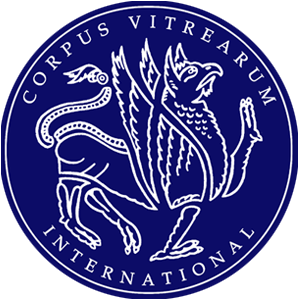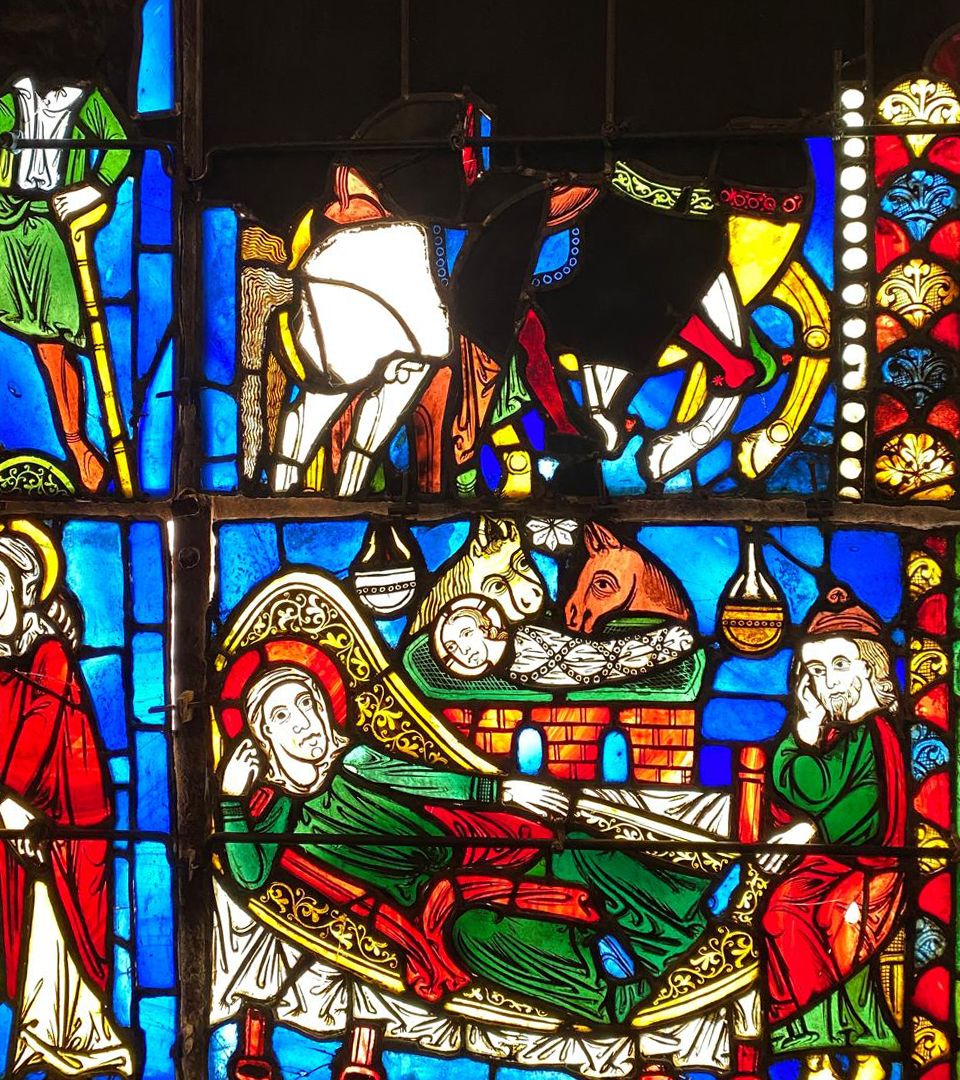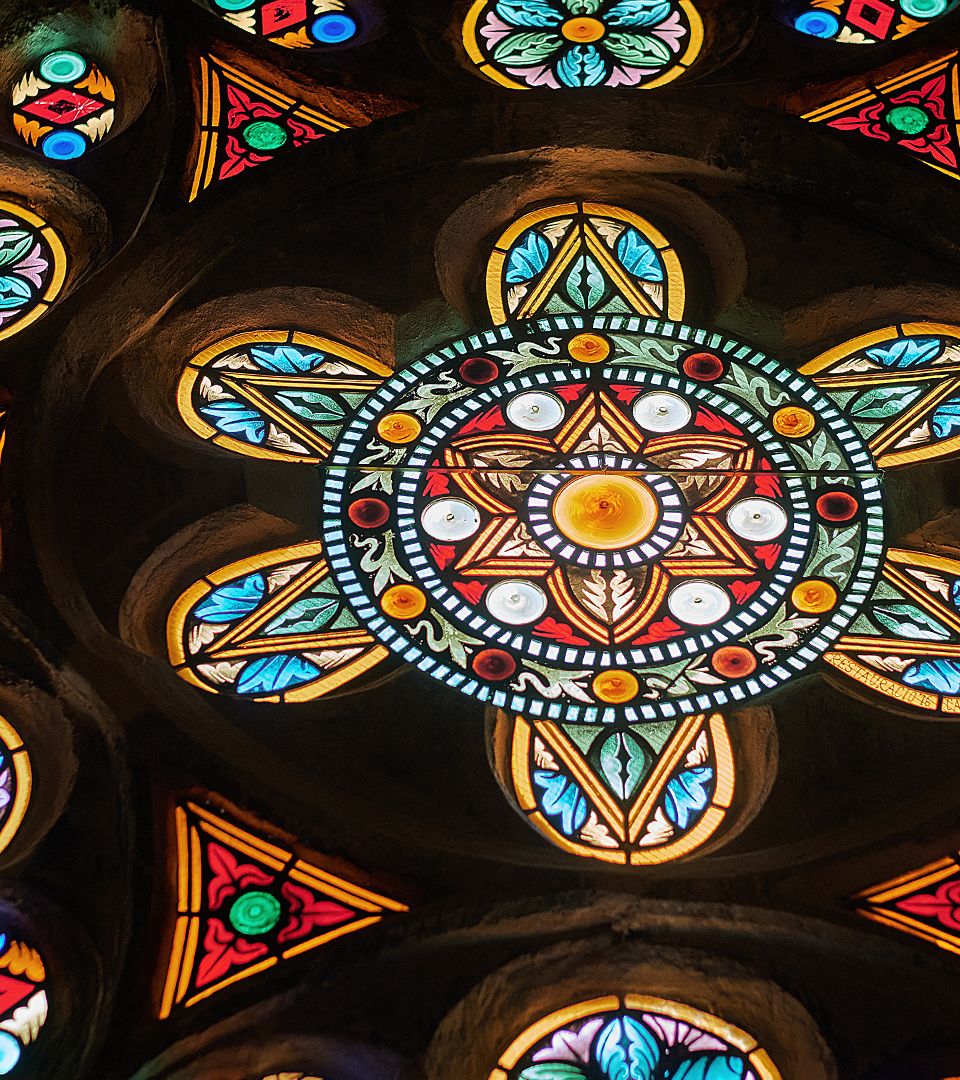Conservation & Restoration
Our approach to conservation aligns with the principles endorsed by the International Corpus Vitrearum, which are already implemented in various studios across European countries such as England, Germany, France, and Sweden.
Each piece is individually and thoroughly studied. Historical research and organoleptic examination are always considered to develop an appropriate proposal for each stained glass window. Once the documentation has been compiled and damage diagrams have been created to help us determine the cause of deterioration, we design the intervention that best suits each project, following the principles of minimal intervention and reversibility.
Despite the fragmentary nature of stained glass, our proposals aim to restore the potential unity of the pieces, considering their dual aesthetic and historical significance for future preservation.
Each case must be individually assessed, but at Can Pinyonaire we believe that Environmental Protective Glazing (EPG) is one of the most effective methods for preserving stained glass at high risk of deterioration. This system, in use for over thirty years, is fully reversible and allows historic stained glass to remain within its original architectural setting.
This method involves moving the stained glass inward and installing the protective glass in the original stained glass position. This creates a ventilation chamber, where air from the building’s interior naturally circulates between the glass panes. This setup protects the stained glass from weather conditions and one of the main causes of pictorial detail loss: water condensation on the inner surface.
Once installed, all condensation in the building will form on the protective glass, ensuring completely dry and stable conditions for the historic panels. These museum-like conditions enable the use of resins, slow down corrosion and material deterioration, and promote less interventionist restorations.
Can Pinyonaire provides guidance to find the best protection system for your project, considering its location and the condition of each piece. We specialise in creating protective glass that adapts to the requirements of each historic building. We install anti-reflective protective glass, or create leaded protective glass that, by following the basic lines of the original stained glass, allows us to avoid altering the exterior appearance of the façades.
Our studio offers consulting services to organise and prioritise stained glass interventions for public or private collections, architectural complexes, and historic buildings.
We provide comprehensive conservation plans, including building inspections, organoleptic examinations, condition reports, historical research, importance declarations, and intervention necessity assessments.
Our reports are tailored to each client’s needs and can become key documents for securing heritage preservation funding.
As an independent conservator, Anna Santolaria has collaborated on several conservation projects, both with stained glass studios (Barley Studios, Uppsala Domkyrka Stained Glass Conservation Studio) and spaces dedicated to the conservation of museums and specialised centres.
Can Pinyonaire collaborates not only on conservation-restoration projects with construction companies but also provides support in documentation and intervention planning for external projects (diagrams, photographs, diagnostics).
The character of a historic building’s façade is greatly influenced by the type of glass used in its openings. Each period produced and used different glass types according to the available production methods.
Before float glass was invented in the mid-20th century, transparent glass was produced through various methods: blown glass cylinders, crown glass discs, and early industrial processes that created large sheets of glass that did not have the smooth finish of the industrial glass we know today.
This evolution in the clear glass production is rarely considered when planning the restoration of historic buildings constructed prior to 1950. However, this seemingly minor detail is crucial in many European projects.
Can Pinyonaire offers a wide range of handcrafted and machine-produced glass to ensure new materials harmonise with those originally used in the building.





